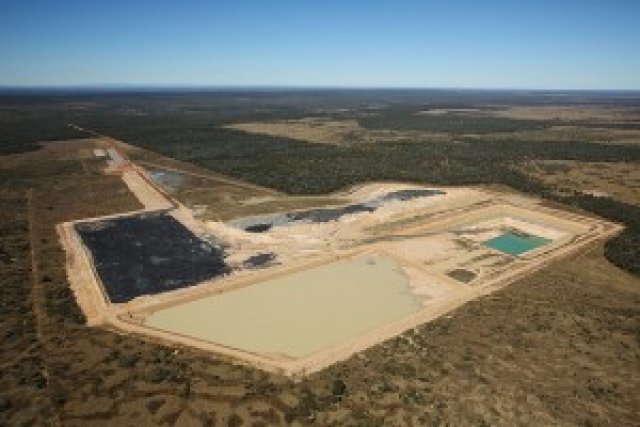
Financial evidence in the Queensland Land and Environment Court hearing on the proposed Carmichael coalmine in the Galilee Basin points to a venture that would operate at a loss and not result in projected increases in public revenue.
Evidence was presented by Rajesh Gupta, Adani’s local financial controller and Tim Buckley, financial analyst called by Land Services of Coast and Country (LSCC), the environmental group seeking to block the mine.
Gupta agreed under cross-examination the company would look to minimise its tax obligations within the law.
Buckley told the court the assumptions in Adani's financial model had overestimated both the coal price and the yield, underestimated the mining and rail costs and ignored the cost of interest on its debt.
Using Adani’s own financial model, Buckley said his conservative estimate is that the Carmichael mine would lose $9.4 billion. A loss on the project would mean that the mine would not pay the $22 billion in taxes and royalties Adani has claimed. It would still be liable for $3.3 billion in royalties but if it makes a loss it would pay no tax.
Even those figures are not certain, Buckley said, because such a large amount of coal suddenly entering the market, combined with a projected drop in demand from India and China, would almost certainly see a further fall in the price of coal.
In a report in Reneweconomy Buckley said the mine would struggle to gain funding because a looming restructure of Adani’s parent company Adani Enterprises that removed ports and power assets into separate new companies, would reduce its profits by up to 80%.
Buckley said that Adani’s coal holdings in the Galilee Basin had become a stranded asset. The project still needs about $2.8 billion in financing for the first stages of construction. The company also needs $2.7 billion in financing for a rail line and locomotives.
“Its restructuring — which reduces Adani Enterprises’ market capitalisation from $11.8 billion to $2.5 billion — means its odds of attracting financing for the Australian proposal is that much more remote,” he said.
Like the article? Subscribe to Green Left now! You can also like us on Facebook and follow us on Twitter.